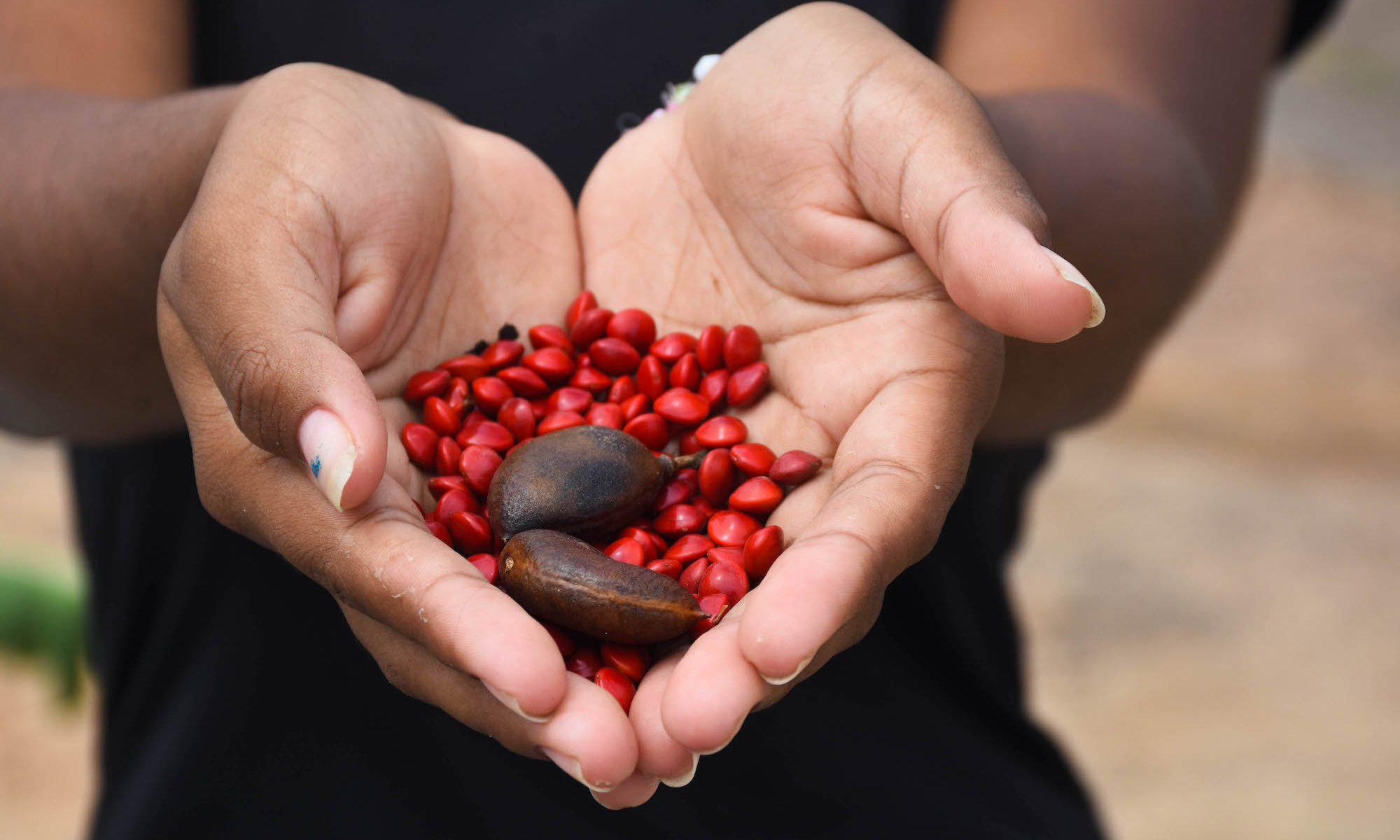VEHA
Guidance

Guidance
Virtual Environmental and Humanitarian Adviser Tool – (VEHA Tool) is a tool
to easily integrate environmental considerations in humanitarian response. Field Implementation guidances are useful for the design and execution of humanitarian activities in the field.
Water pollution can affect people’s health. Bacterial, viral and parasitic diseases such as typhoid, cholera, encephalitis, poliomyelitis, hepatitis, skin infection and gastrointestinal diseases can spread through polluted water increasing the probabilities of overloading the capacity of excreta management systems due to diarrhoeal and vomiting cases. This impacts efficiency and capacity (that is increased amount of excreta generated due to health burdens).
In addition, close proximity of water tubewells and latrines together with soil porosity, ground water table, topography, drainage, and stability of slopes, may result in pollution of wells from surface water, sewage, solid waste leachates, chemical spills, etc and subsequent sickness or disease.
Pollution from wastewater processes can cause eutrophication. This usually impacts the poorest and most vulnerable members of society as they have less money and access to cleaner water.
Soil pollution
Water pollution
Eutrophication
Loss of biodiversity and ecosystems
Soil and water pollution and eutrophication from by-products of wastewater processes.
By-products from wastewater treatment are usually biosolids, biogas, hydrogen sulfide (H2S), and rags. Biosolids can create health hazards if not treated properly. Biogas creates air pollution. Rags create a solid waste burden that can harbor disease vectors. H2S is highly flammable and explosive and burns people’s skin.
Separate out and dry rags, ready for removal to landfill.
Separate out biosolids and test them to ensure they are safe for use as agricultural fertilizers or for safe disposal to landfills.
Seek opportunities to use biogas as cooking or heating fuel, or burn off by flaring.
Test for the presence of H2 S and remove with chemicals.
Separate out and dry rags, ready for removal to landfill.
Separate out biosolids and test them to ensure they are safe for use as agricultural fertilizers or for safe disposal to landfills. Biosolids may be treated sufficiently that testing demonstrates they contain no harmful pathogens and can then be used as agricultural fertilizers. Otherwise, they should be transported to a safe landfill.
Biogas can be used as cooking fuel or for heating but is commonly burned off by flaring, which causes air pollution.
Test for the presence of H2 S and remove with chemicals. H2S removal is usually achieved through the use of chemical oxidants such as hydrogen peroxide.
Test all wastewater treatment work effluent to ensure it is clean enough to be safely discharged to watercourses.
Nitrogen and phosphorus support algae growth, making algae a viable resource for wastewater treatment seeking to reduce concentrations of these nutrients in runoff.
A common treatment for wastewater chemically produces sludge as a byproduct, removing much of the nitrogen and phosphorus from the water so it does not cause eutrophication downstream, but the phosphorus precipitate that results is typically disposed of in landfills or used to create sludge fertilizer (Pittman et al. 2011). Microalgae perform a similar function without the use of chemical treatment, providing a practical option to remove heavy metals, nitrogen, and phosphorus from wastewater without producing a sludge byproduct (Cai et al. 2013). Due to the high nitrogen and phosphorus concentrations in agricultural runoff from fertilizers and manure, algae productivity in this kind of wastewater effectively removes the excess nutrients.
If cultivated in High Rate Algal Ponds (HRAPs), microalgae can both treat wastewater and be a source of biofuel. The algae grown in wastewater treatment processes can be extracted and used as feedstock for fuel through anaerobic respiration for biogas, lipids to biofuel, or carbohydrate fermentation to bioethanol. This option is attractive for its reuse of resources: HRAP systems which exclusively cultivate feedstock for biofuel are more costly and resource-intensive than land-based biofuel sources, however, if combined with wastewater treatment, nutrients and water that would otherwise be wasted can be put to use (Park et al. 2011). Pittman et al. refer to a species of Chlorella grown in a municipal wastewater oxidation pond in India to demonstrate the effect that additional nutrient inputs have on biomass. Acting as a photoheterotroph, the algae produced biomass of 379 mg/L after 10 days, compared to 73.03 mg/L as a photoautotroph (Pittman et al. 2011). This suggests that in an HRAP system, algae could be a viable source of biomass production. Additionally, high CO2 content produces greater biomass. If anaerobic digestion produces biogas on-site, the exhaust from that energy generation could be used as a CO2 input, making the system up to two times more productive with proper amounts of CO2 (Park et al. 2011). While a number of other factors contribute to algal biomass production including algal species, pH of the water, light saturation, lipid production, and nutrient availability, with proper design, experimentation, and implementation, these parameters can be addressed.
When cultivated in partnership with wastewater treatment, algae can be a feedstock source for biogas, simultaneously providing sustainable energy and reducing the effects of eutrophication. Though more research is needed to determine the practicality of joint wastewater-biogas projects, many high-rate algal ponds are currently used on a small scale for water treatment, particularly in small communities (Park et al. 2011). Potential lies within using the algae grown as a fuel source, which would reduce water and arable land used currently to grow soy and corn for bio-ethanol, and reduce the effects of eutrophication by consuming nitrogen and phosphorous before it reaches the ocean.
Wastewater effluent/by-product testing, separation, treatment, and safe disposal completed at all facilities.
Prevention of environmental damage
Time and budget to design and implement wastewater by product separation activities and safe treatment or disposal.